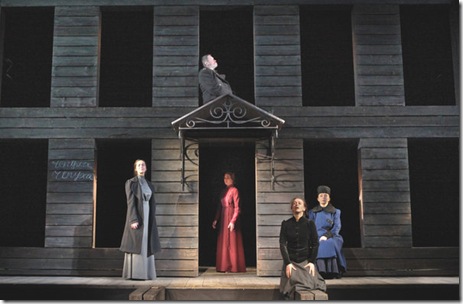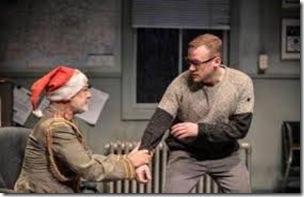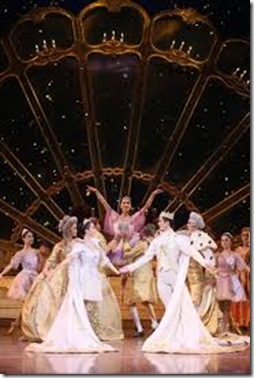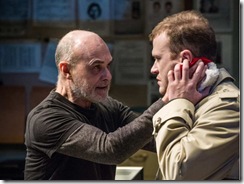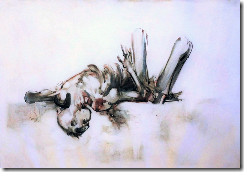A Chorus Line: A production that leaves much to be desired.
Photo: courtesy of Orpheus Musical Theatre
This is the emblematic hit Broadway musical which stages the work taking place within the chorus line before the curtain rises on the Broadway show! Showing the audition process is a fascinating concept. It brings us into the workings of musical theatre, stripping away the drama, the glitz and the glamour by taking us into the disappointments, the heartbreak, the tough work, the anxiety, the personal encounters that have led to the final moment in front of the choreographer who will finally decide who stays and who goes.
The show has a huge cast of 28 actors some playing several roles. They include ballet dancers, tap dancers, strippers, singers, actors, comedians, serious actors but most of them dance and sing, especially the individuals vying for spots on the chorus line. The task is daunting and because each dancer takes on a special meaning within the show, A Chorus line depends on excellent performances from each member of the cast, especially those who have solo numbers or who are dancing in small groups.

